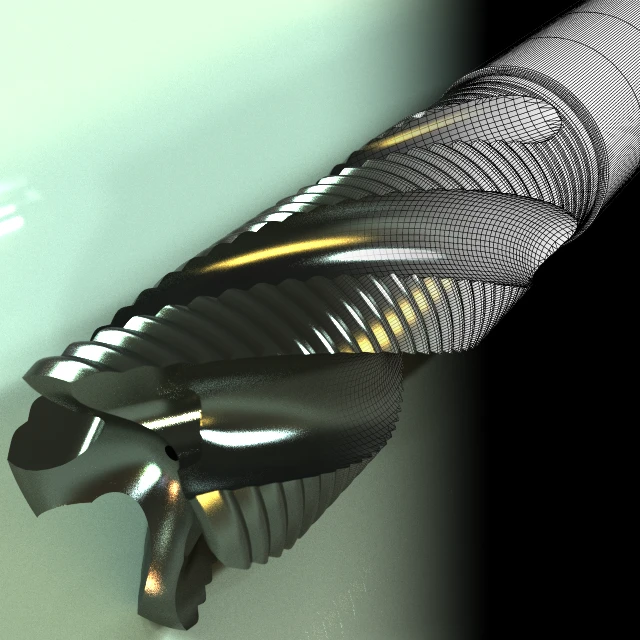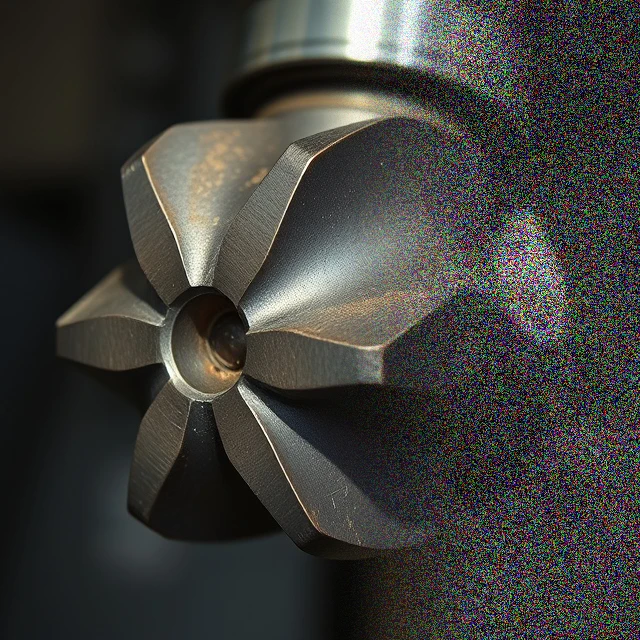Artificial and Synthetic Images
Artificial and synthetic data refers to computer-generated data that replicates real-world environments, objects, or scenarios, often used to train, validate, and test machine vision systems. In the context of machine vision, artificial and synthetic data provides a cost-effective, scalable, and flexible alternative to real-world data, which can be time-consuming, expensive, or difficult to collect. The primary purpose of synthetic data is to improve the performance of machine vision algorithms by offering diverse, labeled, and customizable datasets that can simulate various conditions, from ideal to highly challenging scenarios. This allows machine vision models to generalize better and handle real-world complexities.
Synthetic data is being adopted increasingly across various industries to accelerate the development and deployment of machine vision systems.
Artificial and synthetic data are becoming indispensable tools in the development of machine vision systems across industries. By enabling the rapid generation of diverse, cost-effective, and privacy-compliant datasets, these datasets accelerate machine vision training, testing, and deployment. Whether it's simulating rare events for autonomous systems, generating images for retail object detection, or augmenting medical datasets, artificial data offers a powerful solution for overcoming real-world data limitations. Its scalability, flexibility, and ability to simulate complex environments make it a critical resource for advancing machine vision technology in various industrial applications.
Artificial Images and Datasets

Artificial data and images are entirely human-designed, often from structured descriptions or 3D scenes, which define geometry, materials, shading, animation, and lighting. Created through vector software or 3D applications, these images undergo image synthesis—a rendering process that converts scene elements into pixel-based final images. This method doesn’t typically involve AI but can utilize procedural techniques to create variations of a model within a scene efficiently.
The major advantage of artificial image generation is the complete control it offers at each stage, allowing precise customization of images or videos. However, creating complex scenes to simulate real-world scenarios can be labor-intensive, requiring detailed knowledge of the environment, lighting conditions, and object behavior to produce accurate, realistic results.
Artificial datasets that are not image-based, such as statistical data, can also be generated by complex random functions within specified parameters (e.g., minimum, maximum, expected distribution), ensuring unbiased results that precisely match requirements while adhering to data protection laws. The downside is that all relevant parameters must be specified beforehand. Since these data are randomized within these parameters, real-world biases may not be represented accurately.
Synthetic image and data sets

Synthetic data or images are generated by reassembling elements from existing data. Typically, these are created by AI-driven generative models that have learned patterns from vast datasets. By combining learned data fragments, these models generate new, realistic images or datasets based on rules and specific requirements. Advanced AI techniques such as in-painting and interlacing enable seamless modifications to existing images or datasets, incorporating specific details without leaving detectable traces of alteration.
The advantage of synthetic image generation lies in its efficiency: there is no need to recreate scenes or models from scratch. With enough initial training data, AI models can quickly produce large quantities of realistic data. However, this method requires extensive real-world data for training, and the control over output quality and specificity is limited to the model’s parameters. Since the model can only generate data similar to what it has learned, it may struggle to create novel data outside its training scope. Additionally, because synthetic data can closely resemble the original input data, there is a risk of inadvertently generating data that does not fully comply with data privacy regulations.
Data Augmentation for Image Classification

Data augmentation is a technique that enhances image classification performance by expanding the diversity of available training data without collecting additional images. This method involves creating modified versions of existing images, which allows machine learning models to learn more effectively from variations in the dataset, improving accuracy and generalization on unseen data.
In image classification, data augmentation is typically achieved by applying transformations such as rotation, flipping, scaling, cropping, and color adjustments. Advanced techniques may include random noise addition, blurring, or even more complex generative methods that introduce synthetic changes while preserving the core features of each class. These transformations simulate real-world variations and provide models with a wider range of scenarios, resulting in better robustness and adaptability.
The benefits of data augmentation are numerous. It reduces the risk of overfitting by exposing models to more diverse training examples and mitigates the need for extensive labeled datasets. This is particularly valuable in industrial and research contexts where data collection can be costly or challenging. However, the effectiveness of data augmentation depends on selecting transformations that are relevant to the task, as excessive or inappropriate modifications can introduce noise and reduce model performance.







